The actions taken in the initial moments after a crisis matter. These steps can determine how disruptive the aftermath will be. With this in mind, companies need to plan for any potential incidents that could occur. In this blog post, we discuss the importance of emergency planning, the impact it has on a crisis and how to prepare for the worst.
What is emergency planning?
Emergency planning is the course of action a company takes in order to minimise the effects of an incident or crisis. The main objective of emergency planning is to reduce injuries, protect the community and maintain business continuity.
An emergency plan usually includes necessary procedures during a crisis, a clear set of roles and responsibilities and established instructions for local emergency response and recovery bodies. This is a crucial part of keeping staff safe.
Types of emergencies and disasters to prepare for
An emergency situation can arise at any time and with it comes panic, confusion and fear. All companies have a responsibility to adhere to health and safety legislation which requires businesses to identify and mitigate any risk to their employees.
The Civil Contingencies Act 2004 requires organisations in the health system (emergency services, local authorities, NHS bodies) to prepare for adverse events and incidents. Being prepared for a crisis demonstrates good business conduct and can help companies recover quicker from an incident.
Terrorism
The current threat level in the UK from international terrorism is set as ‘severe’ meaning that a terrorist attack is highly likely. The unpredictability surrounding terrorist attacks make them much more dangerous and can cause fear amongst staff, especially those working in cities or buildings that are likely to be targeted and those travelling for work.
The very nature of terrorism means that attacks take us by surprise and often cause unprecedented periods of panic and downtime for businesses and their workforce. In order to minimise this, businesses should prepare both the company and staff for an attack. Informing employees and management of the necessary steps to be taken both during and after an attack can help to lessen unease amongst the organisation and prevent harm if an attack occurs.
Fires
Fires are one of the main disasters that affect businesses around the world and according to the Association of British Insurers, roughly 60% of private businesses that experience a fire never recover. Not only are fires costly due to the high level of damage they cause, they are also life threatening.
Every company is required by law to have proper fire procedures that are known to all staff members. Companies should provide proper training to all employees notifying them of the emergency fire exits, recovery meeting areas and necessary steps to be taken if a fire should break out. Practising these steps with fire drills can help to keep your staff aware and prepared should the worst happen.
One of the main concerns when a fire breaks out is establishing as quickly as possible who is in the building at the time. Although there are ways to determine this using standard sign in and out procedures, it can be time consuming and due to human error, unreliable. Couple this with the standard disorder any incident brings and locating your employees can be near impossible.
Using technology for Emergency planning
With the influx of new technological advancements, managing the safety of staff members during a critical event is changing.
Locating your employees in an emergency

The StaySafe lone worker app is linked to a secure cloud-based hub providing you with real-time updates on the welfare status of your lone workers. In an emergency, you can easily and accurately locate your employees on the map and send immediate assistance to them.
Use the SMS broadcast feature to communicate with your team quickly and easily by sending SMS messages to all or selected users via the hub. In the event of an emergency, such as a terrorist attack, update your employees at once, request welfare check-ins to know who is safe, and see their most recent location.
Being notified when employees miss a welfare check-in
Through the hub, you can set regular welfare check-in intervals. If one of your employees fails to check-in safely during that time, or raises an alert, a notification will immediately pop up in the hub. Responders will also receive an SMS text and email, allowing lone workers to be located, and get the help they need straight away.
The hub is fully customisable, so you can create tailored reporting lines and escalation procedures that work for your company and employees. If you do not have the resources to monitor your teams in-house, you can outsource. We partner with a number of professional monitoring partners who can monitor employee safety and alert escalation 24/7 to keep your employees safe.
Giving your employees the ability to raise a panic alert
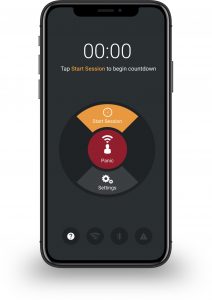
Working alone increases the risk to your employees, as there is no one to raise the alarm in an emergency. Your lone working employees need to be able to get help quickly and easily should they need to.
The StaySafe lone worker app enables you to know the location and welfare of lone workers in an emergency, and allows them to check-in and raise a panic alert easily. As the app is installed on your employee’s smart device, it is always with them and greater user uptake compared to separate devices.
Your employees can raise a panic alarm at any time, the app doesn’t even need to be active for them to get help. As soon as they panic, their location and welfare status pops up in the hub and responders know that a lone worker needs assistance.
Want to find out more about how StaySafe can help you to know that your employees are safe when working? Schedule a free demo of our solution to support your emergency planning for employees.
Are you protecting your lone workers?
Our comprehensive guide covers everything you need to know about lone working.
From identifying the lone workers in your organization, to the risks they face in different environments, our lone worker guide will ensure you know how to keep your staff protected and meet your legal duty of care.
Yes, review policy
Explore our range of lone worker solutions
See StaySafe in action
- 2 week free trial
- See how employees can use the app to check-in & send alerts
- See realtime updates in the monitoring hub
Guide to Lone Working
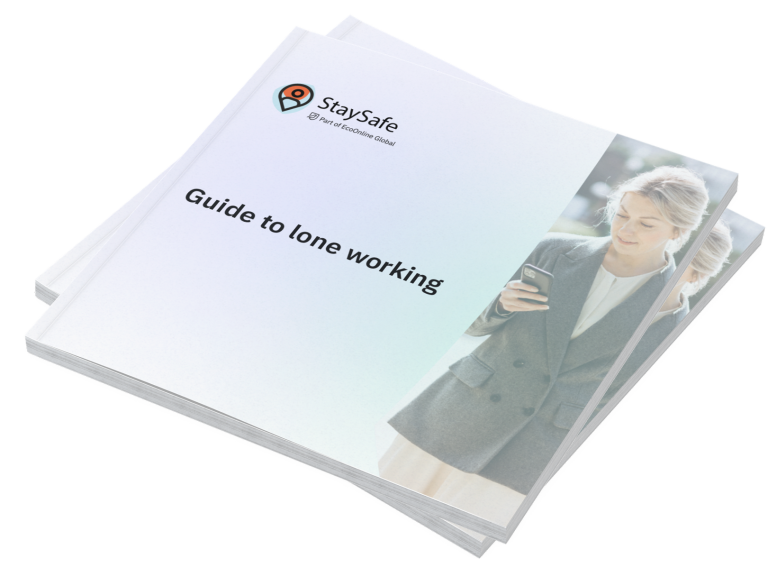
A comprehensive lone worker guide for employers, managers and the self employed.
Lone Worker Risk Assessment
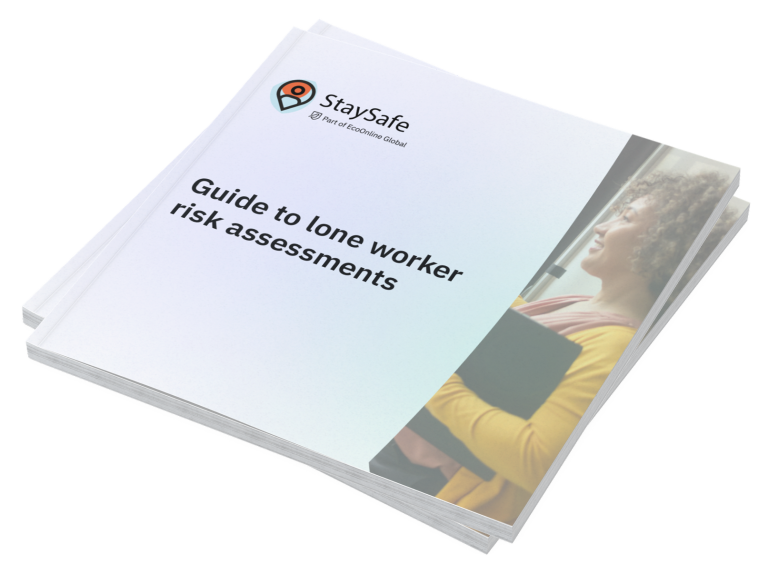
Three Questions to Ask When Purchasing a Lone Working Solution
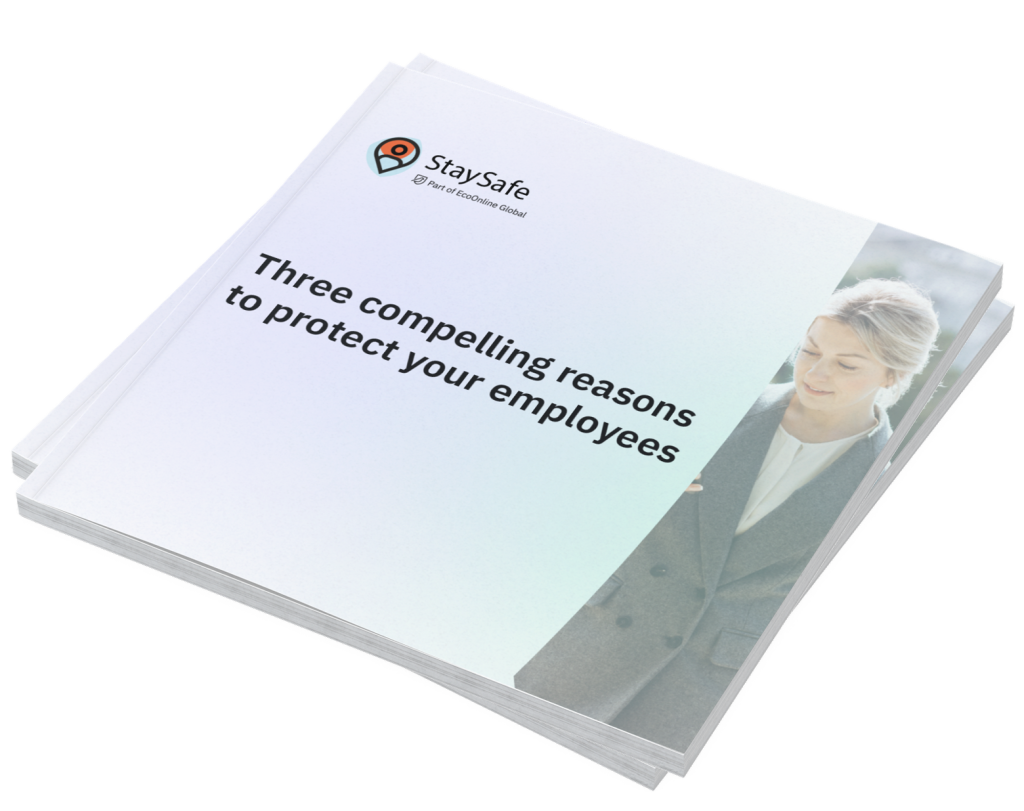
Find out more about StaySafe solutions
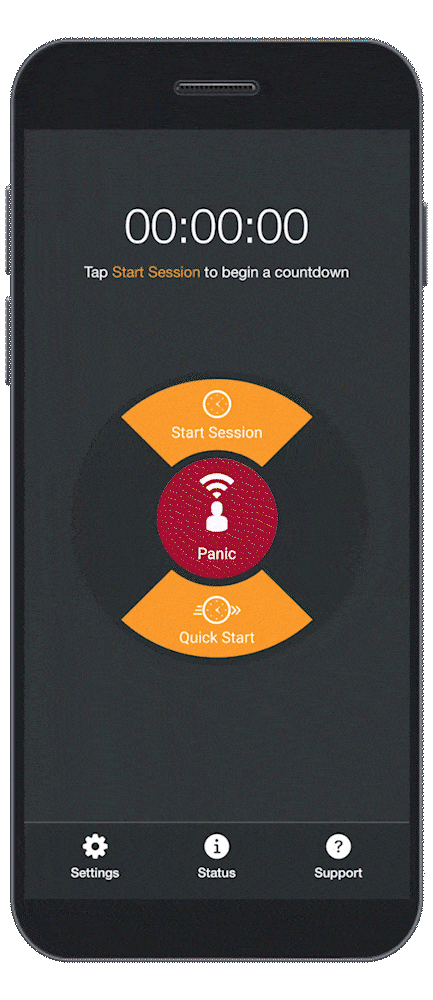
Lone Worker App
Our intuitive app allows employees to check in safely following a lone working session and raise an alert in an emergency.

Cloud Based Monitoring Hub

Wearable Technology











